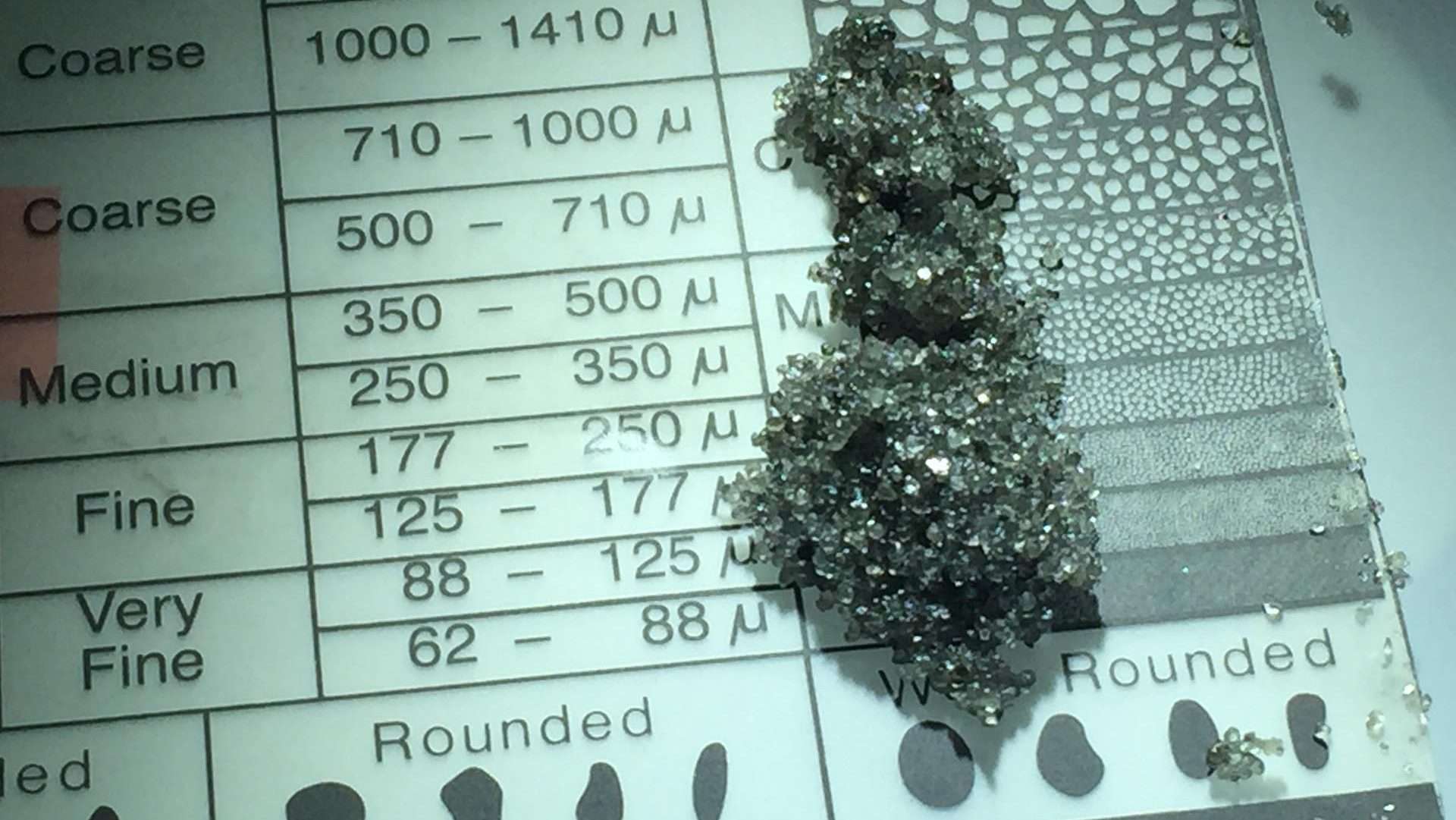Abstract
The application of capillary pressure data to determination of connate water distributions in hydrocarbon reservoirs is reviewed. Generally it has been assumed that the reservoir will be at capillary equilibrium after geologic time. Compari- son of experimental capillary pressure data for sphere packings with model calculations show that the former do not represent capillary equilibrium at the irreducible saturation. In estimating equilibrium data for the reservoir, Leverett assumed that equilibrium would be achieved after geologic time and corrected experimental data for clean sands accordingly. Subsequently the equilibrium theory was accepted but it was assumed that experi- mental capillary pressure data represented equili- brium and corresponded to the distribution in the reservoir. The fair agreement of water saturations of cores taken with oil base muds from above the transition zone with laboratory measured irredu- cible saturations was claimed as support for the equilibrium theory. In fact, this agreement is strong evidence that the reservoir does not drain to a capillary equilibrium distribution even after geologic time. The basis for using capillary pressure tests must therefore rest largely on the fair empirical agreement observed between water saturations of cores taken with oil base muds and the irreducible saturations of these cores.



